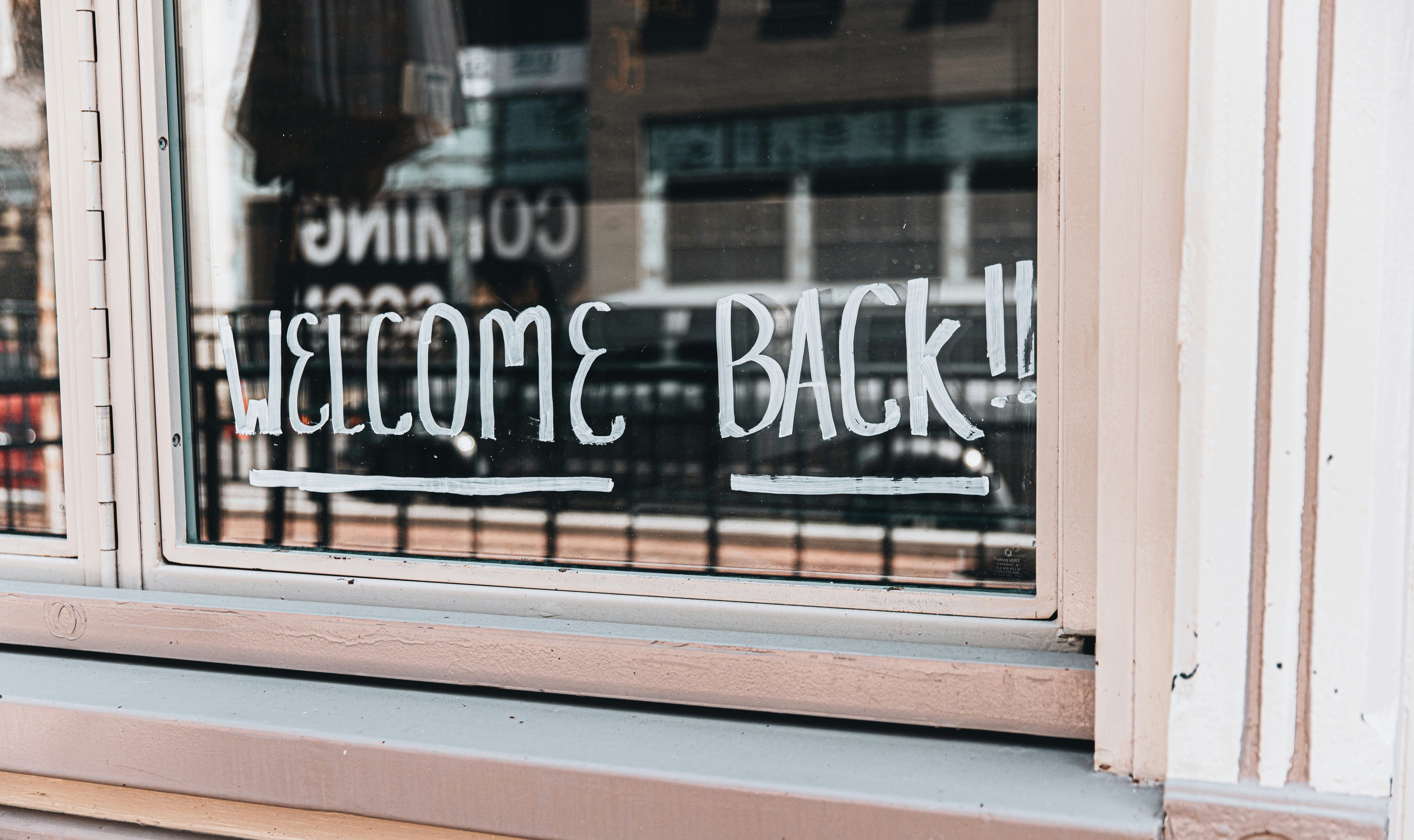In today's competitive online marketplace, it is not enough to attract customers once. The real challenge is turning them into loyal repeat buyers. A well-designed customer rewards program can help your product become more than just a one-time purchase. It builds trust, familiarity and long-term brand value.
Why Product Loyalty Should Be a Priority
Retaining existing customers is more cost-effective than acquiring new ones. In fact, loyal customers are more likely to recommend your product to others and become your most valuable advocates.
Creating loyalty around your product helps you:
• Increase repeat sales
• Strengthen brand trust
• Build customer communities that generate word-of-mouth growth
Types of Reward Systems That Support Product Growth
Depending on your product category and audience, the right loyalty program can take different forms. Some of the most effective include:
Points-Based Rewards
Customers earn points for each purchase which they can redeem later. This model is ideal for skincare, snacks, wellness items and fast-moving consumer goods.
Tiered Loyalty Levels
Customers unlock better rewards as they spend more. This works well for fashion, tech or premium products where upgrades and incentives encourage long-term commitment.
Referral Rewards
Your customers invite others in exchange for product perks or store credit. This method creates a self-sustaining growth loop for any product-based brand.
Interactive Campaigns
Some loyalty systems include challenges, product education or social media engagement. This approach works best for lifestyle and youth-focused products.
How to Make Rewards Work for Your Product
The best loyalty programs feel natural and rewarding. To create one that supports your product:
• Offer benefits that are clearly linked to your product's core value
• Keep the system simple and easy to track
• Use emails, dashboards or SMS to show customers how close they are to rewards
• Avoid reward structures that reduce perceived product value
Example: A Small Brand, Big Loyalty
A handmade skincare brand introduced a points system for purchases, reviews and social sharing. Within three months, repeat orders increased by 37 percent. Customers began recommending the products because they felt personally invested in the brand experience.
Final Thoughts
Loyalty is not about discounts. It is about turning your product into a long-term part of your customer's lifestyle. By rewarding engagement and encouraging repeat interactions, your brand stays present in the buyer's mind and shopping cart.



